Your cart is currently empty!

WITH CATHERINE AND JOHN TITUS
Theme: Message to State & Local Officials: You’re Stronger than You Think
Interview: Health Series: Faith Over Fear, a Nurse’s Fight to Save Lives with Nicole Sirotek, BSN, RN
Take Action
Please login to see stories, charts, and subscriber-only content.Not a subscriber yet? You are invited to join here!
137 Comments
Comments are closed.



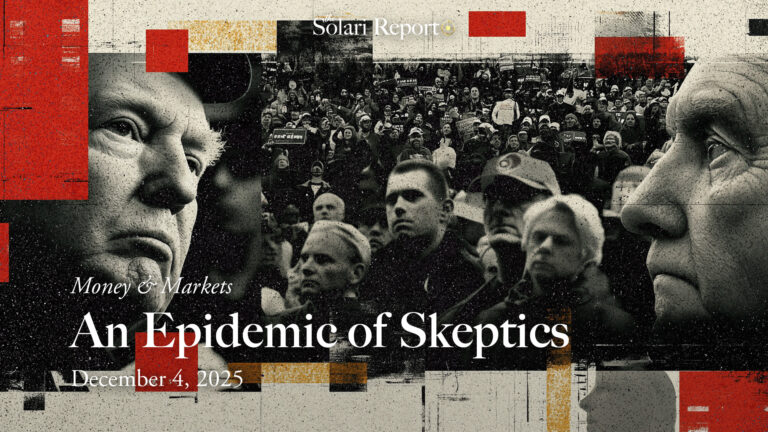
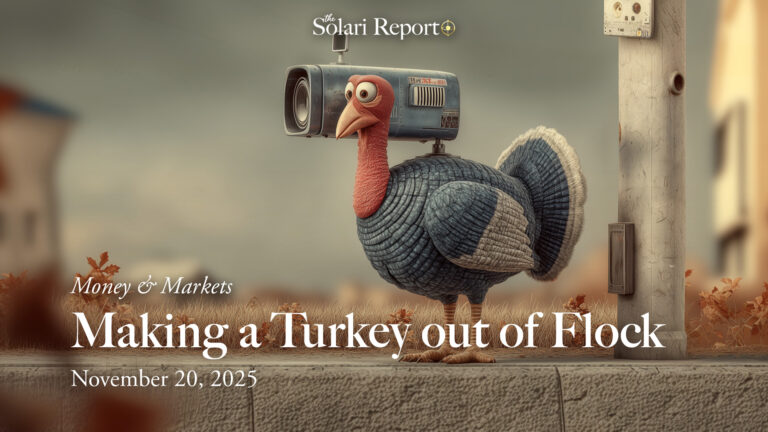

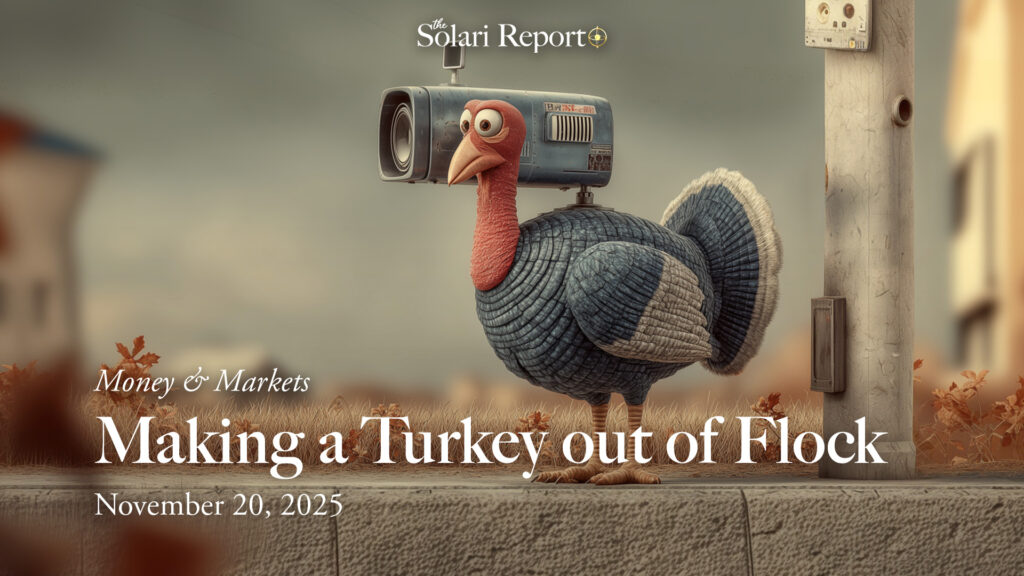








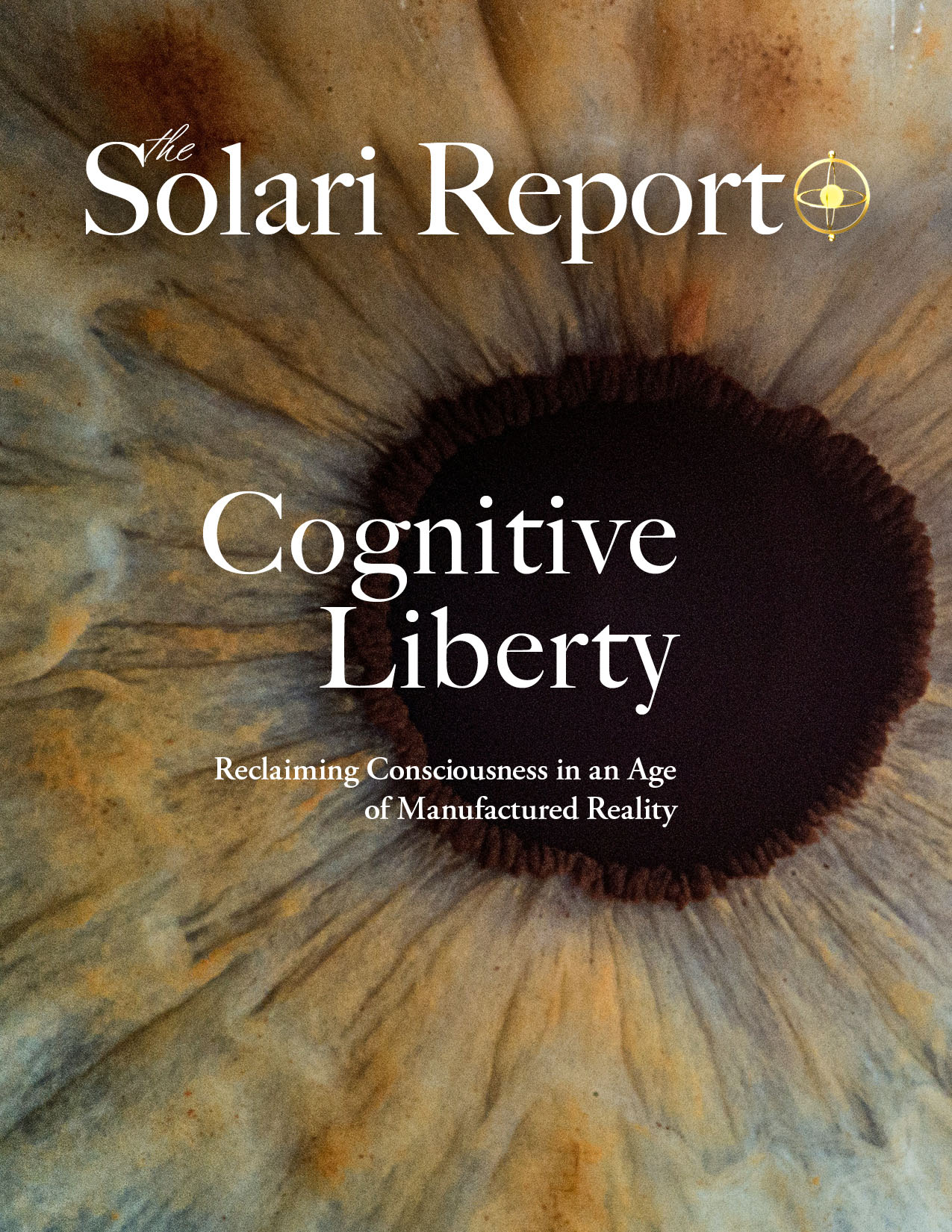
















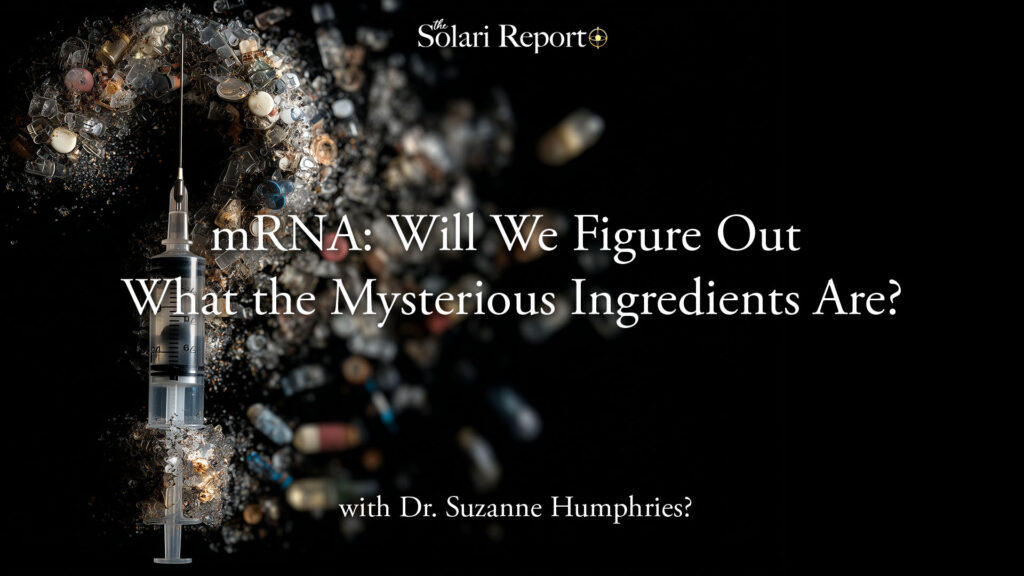














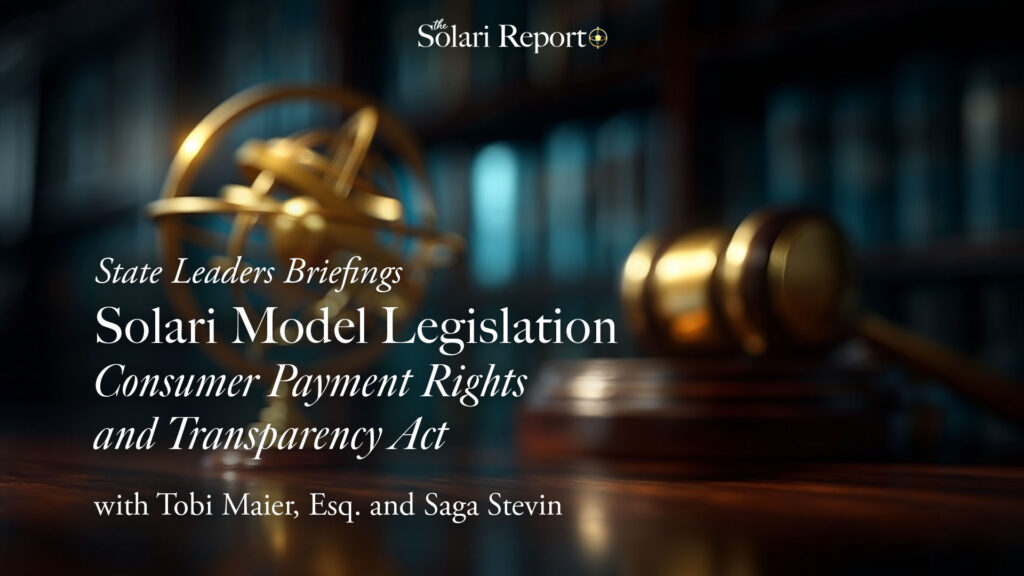










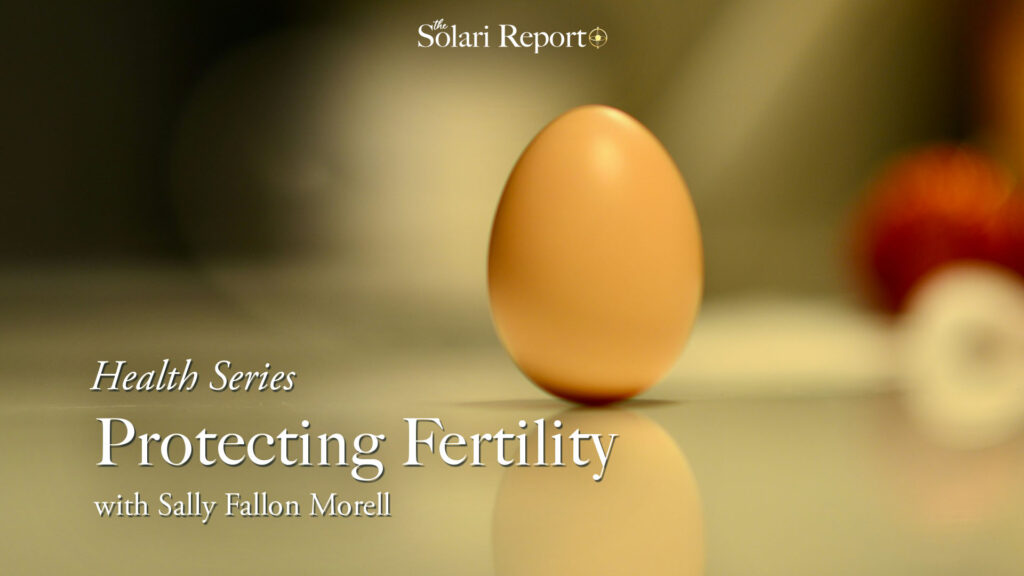
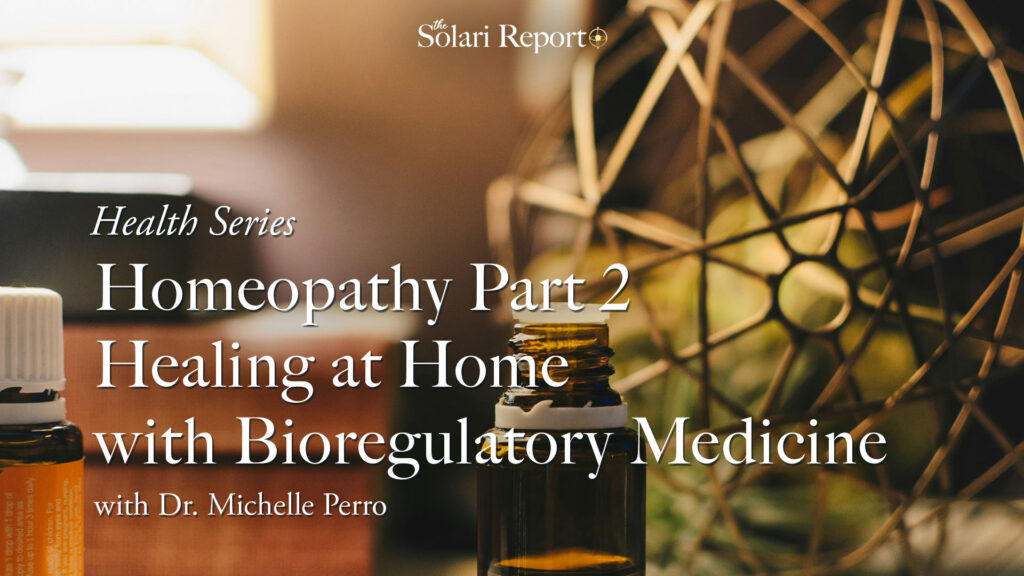
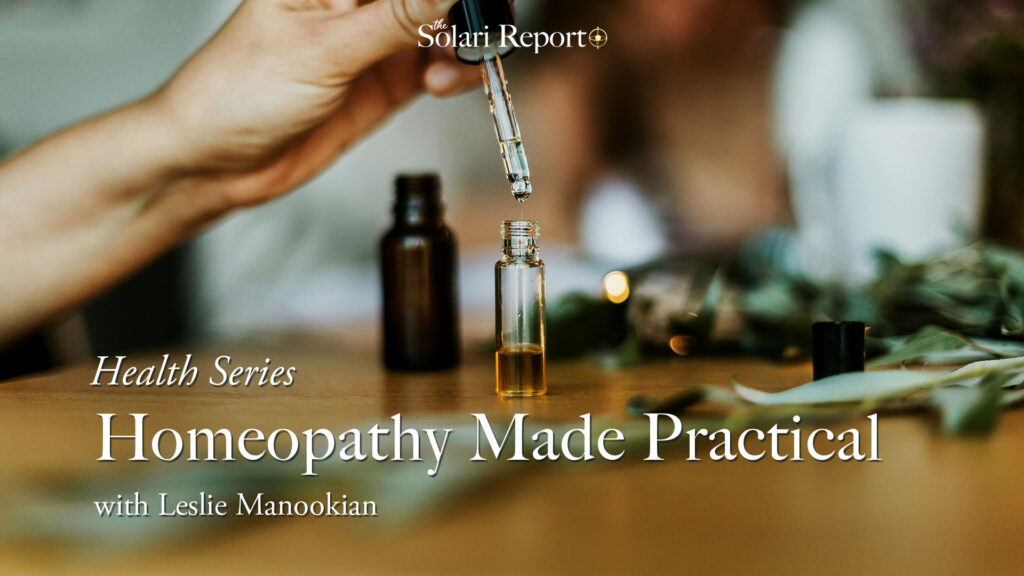











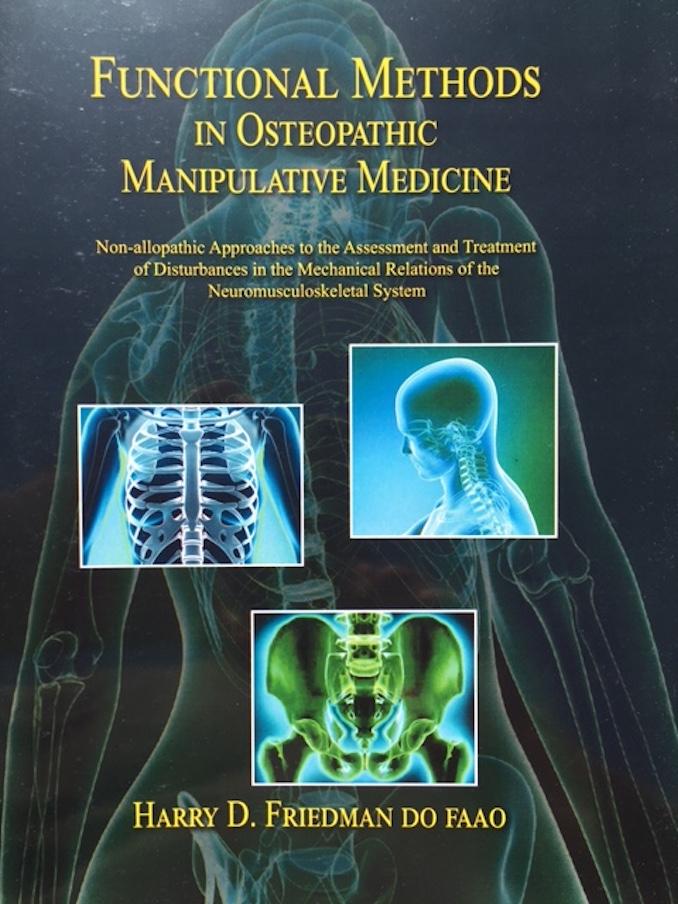




















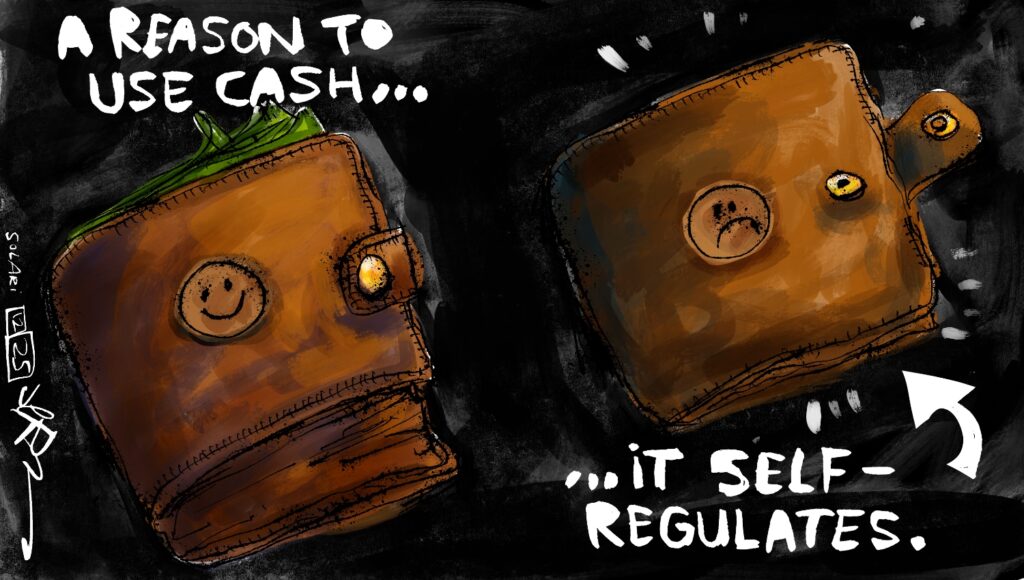

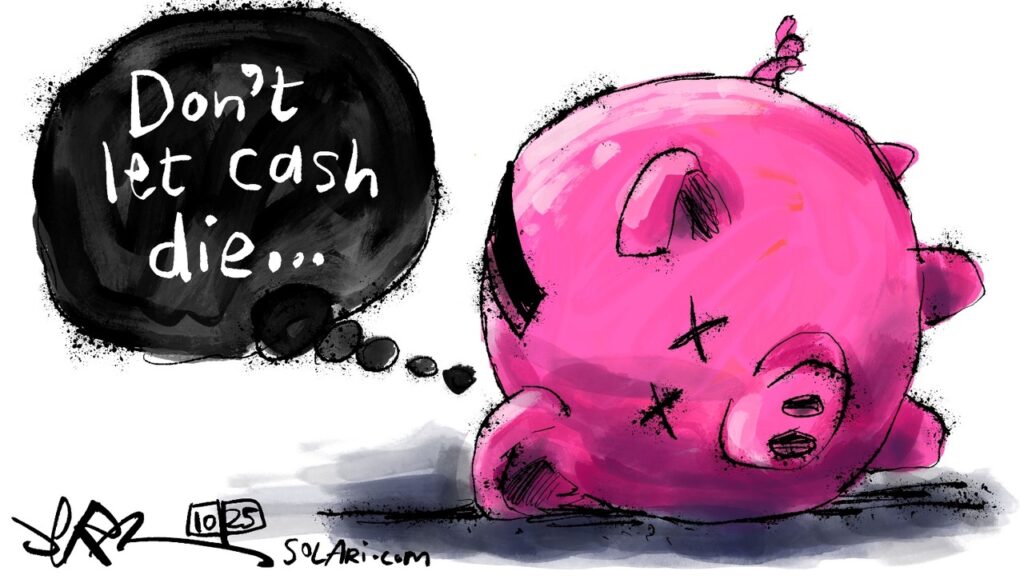



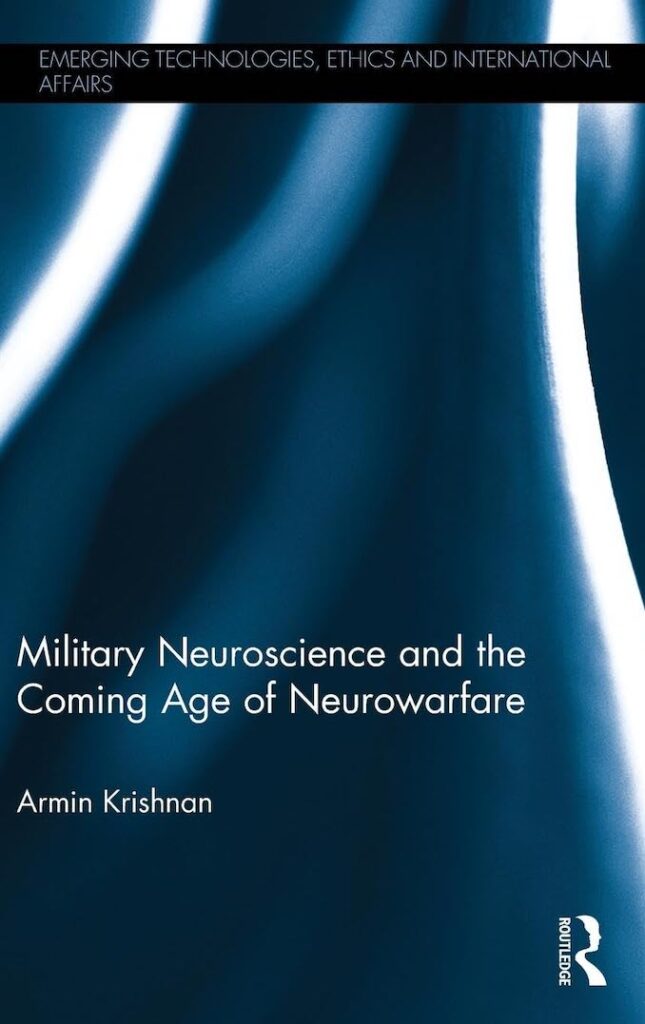
















Last week’s money and markets was definitely a classic. Thanks. One small quibble – I’m not so optimistic about legal challenges in Germany. It seems like the Berlin cartel is strong, and politicians are still running wild with the Infektionsschutzgesetz (Infection protection law). The Bundesverfassungsgericht (Supreme Court) have acquiesced to the politicians, and lower judges have been bullied into submission.
I guess the positive is that the health minister is pretty clearly insane (aside from being corrupt), and almost all injected people I know have been ill “with the magic virus” – but are now classified as unvaccinated. I know quite a few people who say (at least to my face), that they’re not going for another round. Further, I saw a hospital letter to it’s employees, urging them not to jump ship on account of it not yet being legally settled that carrying a false vaccine-pass is illegal!. We’ll soon see whether the mounting coercion will work. I’d say that in my (very virus-scared) area, maybe 10% are regularly donning a mask in some situation or another. Will these people police and coerce the rest?
Finally, the TK data seems to corroborate almost perfectly with the earlier information from the BKK ProVita board member (Another German health insurance company). I think you may well have covered this one, but to recap, this guy wrote an official and open letter to the Paul Ehrlich Institute (the body supposedly collecting data on vaccines, etc.), saying “Die unserem Haus vorliegenden Daten geben uns Grund zu der Annahme, dass es eine sehr erhebliche Untererfassung von Verdachtsfällen für Impfnebenwirkungen nach Corona Impfung gibt. “ I.e. The data we’ve collected lead us to suspect that your data represents a dramatic under-counting of vaccine adverse effects. (https://img.welt.de/bin/brief%20PEI_bin-237107021.pdf). “Hochgerechnet auf die Anzahl der geimpften Menschen in Deutschland bedeutet dies, dass circa 4-5 % der geimpften Menschen wegen Impfnebenwirkungen in ärztlicher Behandlung waren.” I.e. 4 – 5% of vaccinated individuals needed a doctor!
Thanks, love reading international updates like this!
I jest realised something that didn’t make sense to me beforehand: the testing of wastewater. I suspect that each home will be outfitted for an individual wastewater testing mechanism (for your safety) so that “they” can metre (!) out water and your social credits.
I will refrain from potty jokes.
Am I living in an alternate universe? Terry Gilliam’s Brazil meets reality.
Do we know why Congress is still in session during what is normally a recess period?
No. Good Question. If I had to guess they are teeing everything up to get the budget passed by October 1 – and big changes coming in October.
Finally doctors are beginning to speak up everywhere!
Shocking testimony of a Greek pediatric surgeon about COVID-19 vaccines: “They turn children’s tissues into jelly”!
“In the emergency room, the cases of children with appendicitis increased by 300-400%, but what shocked me is what I found at first by accident, that by opening the tissues to get to the appendix I found a tissue condition so altered, that I was really shocked. I had a very difficult time during the surgery, I needed tools that we don’t normally use in pediatric surgery, we had to open another set of adult tools, we had to put hooks… because the tissues weren’t holding together.
It was a jelly tissue situation… justified by some chronic adult situations with abuse and chronic severe illnesses, but not even justified in moderately ill adults.
So in severe situations, like in cancer patients with multiple chemo & radiation treatments, sometimes we see this picture.
So, I saw this picture in children.”
https://www.pronews.gr/ygeia/sygklonistiki-martyria-ellinidas-paidoxeirourgou-gia-emvolia-kata-covid-19-kanoun-zele-tous-istous-ton-paidion/
I can’t believe I am writing this.
Ugh! Insects are already in food. Don’t eat snack food like cheese puffs. They contain cricket powder another source of parasites.
https://truthcomestolight.com/the-future-of-food-crickets-why-you-should-avoid-this-trend-like-the-plague/
A parasitological evaluation of edible insects and their role in the transmission of parasitic diseases to humans and animals
* Remigiusz Gałęcki ,
* Rajmund Sokół
* Published: July 8, 2019
* https://doi.org/10.1371/journal.pone.0219303
Abstract
From 1 January 2018 came into force Regulation (EU) 2015/2238 of the European Parliament and of the Council of 25 November 2015, introducing the concept of “novel foods”, including insects and their parts. One of the most commonly used species of insects are: mealworms (Tenebrio molitor), house crickets (Acheta domesticus), cockroaches (Blattodea) and migratory locusts (Locusta migrans). In this context, the unfathomable issue is the role of edible insects in transmitting parasitic diseases that can cause significant losses in their breeding and may pose a threat to humans and animals. The aim of this study was to identify and evaluate the developmental forms of parasites colonizing edible insects in household farms and pet stores in Central Europe and to determine the potential risk of parasitic infections for humans and animals. The experimental material comprised samples of live insects (imagines) from 300 household farms and pet stores, including 75 mealworm farms, 75 house cricket farms, 75 Madagascar hissing cockroach farms and 75 migrating locust farms. Parasites were detected in 244 (81.33%) out of 300 (100%) examined insect farms. In 206 (68.67%) of the cases, the identified parasites were pathogenic for insects only; in 106 (35.33%) cases, parasites were potentially parasitic for animals; and in 91 (30.33%) cases, parasites were potentially pathogenic for humans. Edible insects are an underestimated reservoir of human and animal parasites. Our research indicates the important role of these insects in the epidemiology of parasites pathogenic to vertebrates. Conducted parasitological examination suggests that edible insects may be the most important parasite vector for domestic insectivorous animals. According to our studies the future research should focus on the need for constant monitoring of studied insect farms for pathogens, thus increasing food and feed safety.
https://journals.plos.org/plosone/article?id=10.1371/journal.pone.0219303
https://www.bitchute.com/video/y8e2h9BD8vvJ/
MAJOR BRANDS QUIETLY SLIPPING FILTHY INSECTS INTO OUR FOOD
https://www.bitchute.com/video/AKwBSYlakQ2m/
Cockroach Croissants and Beetle Birthday Cake made from Insect Fat. Eat Ze Bugs
Don’t lizards and other reptiles eat crickets? The movie script writes itself!
Probably, not the parasite infested ones.
The parasitical, criminal class must eat clean crickets.